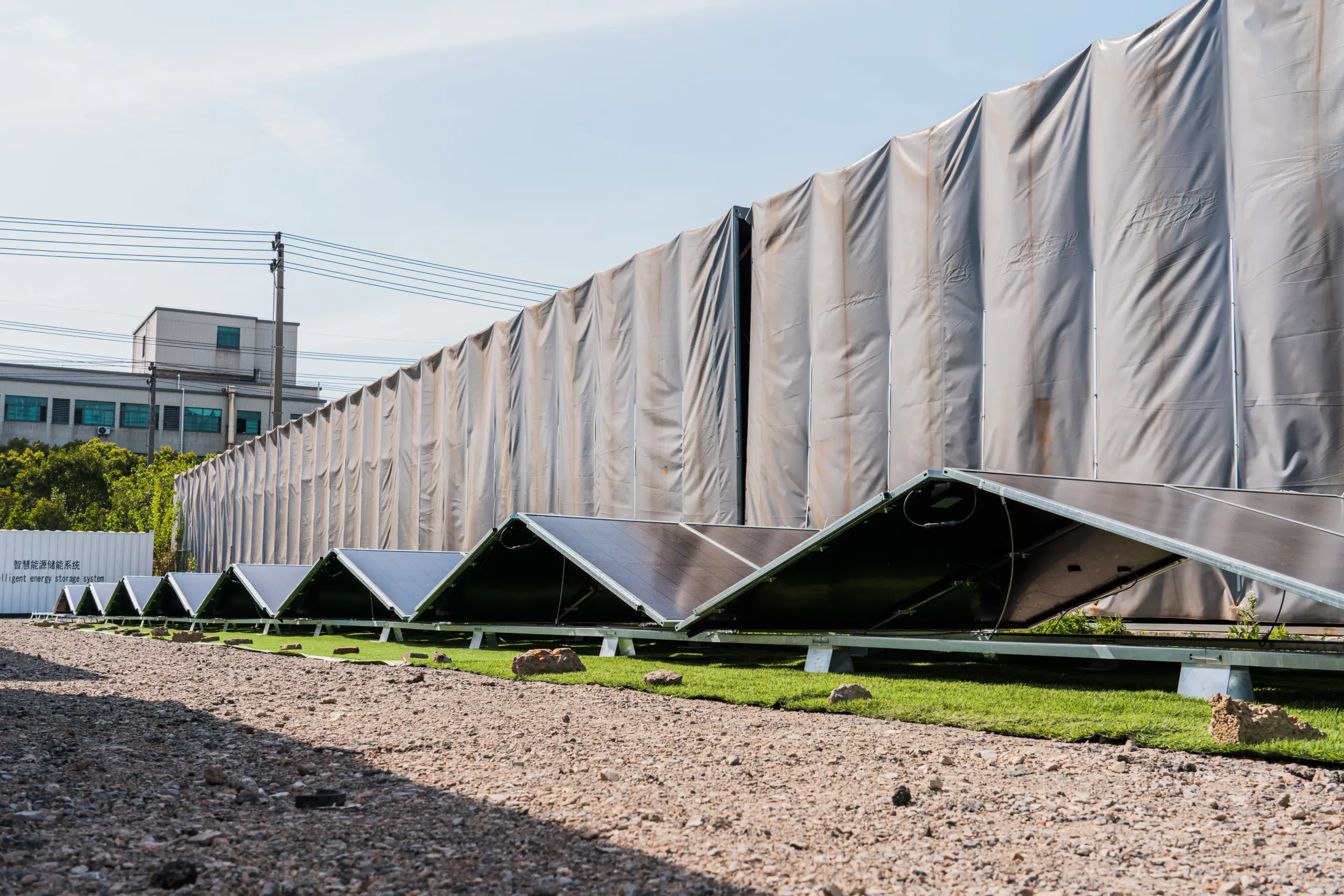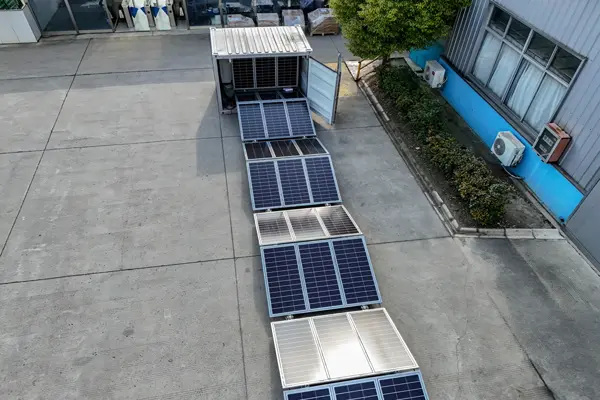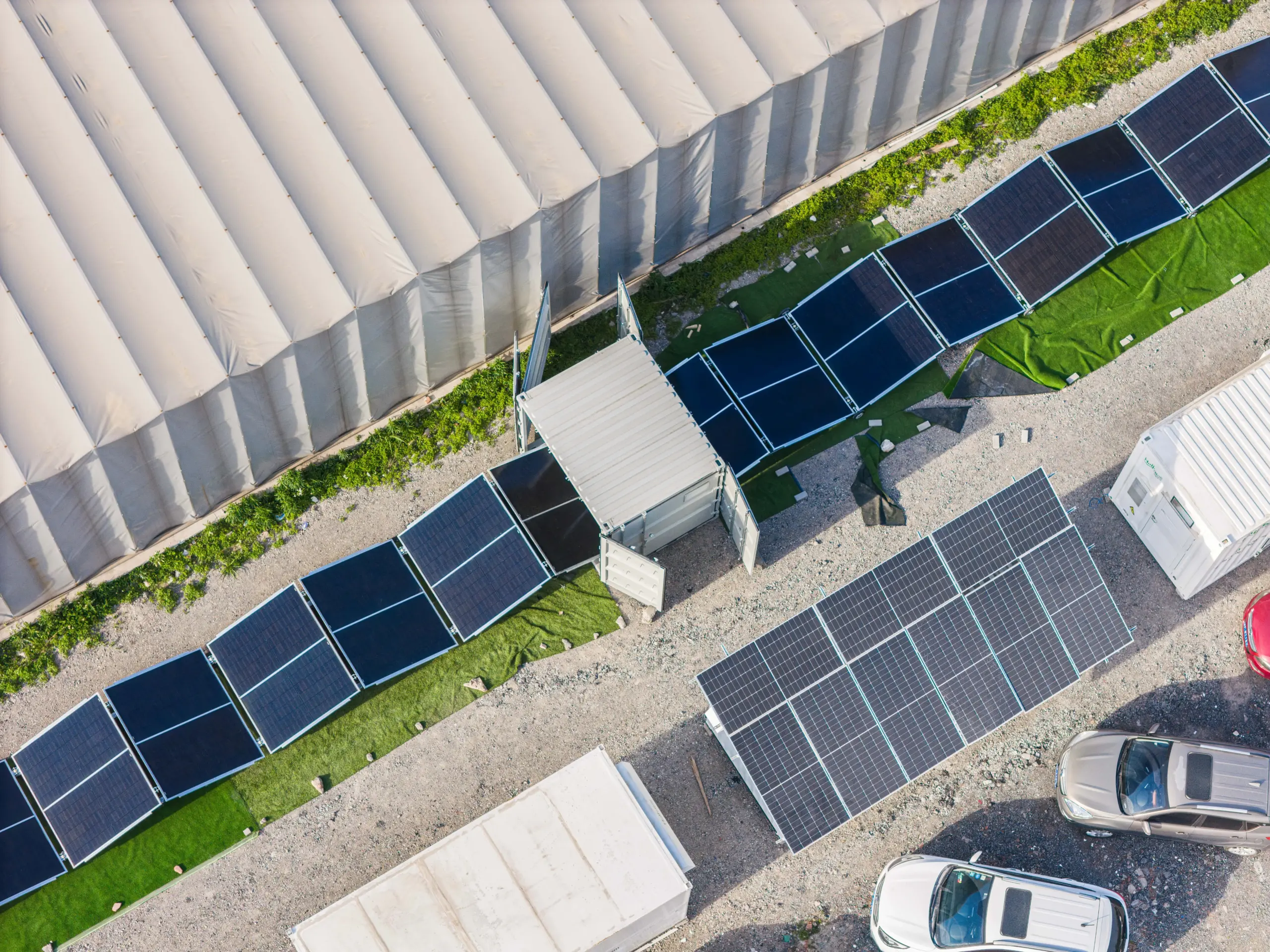As energy security and sustainability become increasingly important than ever before, the energy-independent solar container solution is becoming the focus. The self-contained, transportable units combine solar photovoltaic (PV) panels, batteries, and smart energy management systems in a single transportable unit. To isolated islands or disaster-affected regions, they bring stable, renewable power without depending on traditional grid infrastructure.
Why Energy Independence Matters Now
Energy independence is not a trend—it's a necessity for regions with unstable grids or tough climates. In much of Africa, as in Kenya, rural towns still face frequent power outages due to aging infrastructure. For them, an energy-independent solar container can be the difference between minimal output and sustained growth.
These systems employ high-efficiency PV modules to capture sunlight, store it in lithium-ion or LiFePO₄ batteries, and supply it through hybrid inverters. This amounts to electricity round the clock, come rain or shine.
Core Components of a Solar Container Solution
A good energy-independent solar container solution consists of:
- High-output solar PV panels— usually monocrystalline for higher efficiency.
- Battery storage banks— multiple days of autonomy sized.
- Hybrid inverters— AC from DC with grid or generator integration control.
- Energy management software— remote monitoring and optimization enabled.
- Integrated backup systems— g., diesel generators for extreme cases.
- Thermal management and ventilation— to keep electronics from overheating.
All these components are pre-assembled in shipping containers ISO-standard, simple to truck, ship, or even helicopter.

Real-World Applications and Case Studies
In 2023, a 40-foot solar power container was deployed in Tuvalu, an island nation in the Pacific fighting to deal with rising sea levels and a lack of diesel fuel. The container provided clean power enough to power a community health center, vaccine refrigeration, and nighttime illumination—all without the burn of a single foreign drop of fuel.
Similarly, during earthquakes in Türkiye, mobile solar containers were used to light up emergency shelters where grid access was cut off. Portability allowed them to be located close to field hospitals and community kitchens, with quick-deployment racking and pre-wired inverters providing lighting, device charging, refrigeration, and radio/Wi-Fi capability hours after deployment; when camps relocated, the containers themselves could be relocated easily and continued to provide battery charging for nighttime use.
Technical Trends in Energy-Independent Systems
The new industry practice is the introduction of bifacial PV modules with the capacity to harvest light from both sides, contributing up to 15% in overall energy generation. The second new innovation is AI-based predictive maintenance, which uses data analytics to anticipate component wear before they fail. It reduces downtime and extends the system's lifespan.
In addition, containerized systems are being paired with water desalination facilities, creating hybrid energy-and-water autonomy centers—a vital innovation for island and desert ecosystems.
Scalability and Customization
Most importantly, scalability and flexibility are achieved through an energy-independent solar container solution. A single unit can be utilized to energize a small stand-alone clinic, but units can be interconnected to build a microgrid serving an entire village or construction site.
At mining operations in Western Australia, for instance, companies use several containers for the exploration stages. When a project relocates, the containers are merely trucked over and redeployed—no sunk costs, no stranded infrastructure.

The Future of Solar Container Solutions
The world will increasingly need off-grid, mobile power during the coming decade, spurred by climate change adaptation and rural electrification initiatives. The International Energy Agency (IEA) predicts that off-grid solar technology will be the primary source of electricity for over 70 million people in 2030. Manufacturing costs and improved battery technology will further reduce the price of the energy-autonomous solar container solution—no longer just for governments and NGOs, but also for private enterprises and entrepreneurs requiring dependable off-grid power.
For instance, the LZY-MSC1 Sliding Mobile Solar Container demonstrates how a compact, portable unit can supply trustworthy power to off-grid locations, setting a good example for generations to come of portable, sustainable infrastructure.

